I. Introduction
OpenAI, a pioneer in artificial intelligence, created the cutting-edge OpenAI GPT-3. The latest one is OpenAI ChatGPT language model. It can generate natural-sounding text from a database of information and has many potential uses, including in customer service, advertising, teaching, and healthcare. You can do a lot with OpenAI ChatGPT, and if you use it correctly, you can unlock all of its potentials. This requires knowing the best ways to use the technology, like how to train and tune models, use conversational user interfaces, and measure how well they work.
Purpose of the article:
This article will cover the best methods for utilizing OpenAI ChatGPT. We’ll go over everything you need to know, from how to get started with the technology to advanced techniques for getting the most out of it. This article is for people who have never used OpenAI ChatGPT before and for experts who want to improve their skills. This article will give you the information and knowledge you need to make the most of OpenAI ChatGPT, whether you’re a business owner trying to automate customer service or a developer building a chatbot.
II. Understanding OpenAI ChatGPT
A. What is OpenAI ChatGPT:
OpenAI’s ChatGPT language model is truly groundbreaking. Useful in many fields, including customer service, marketing, education, and healthcare, it can generate natural-sounding text from large data sets. OpenAI ChatGPT can be changed and added to, so it works well in many situations.
B. How OpenAI ChatGPT works:
OpenAI ChatGPT uses a transformer network architecture trained with deep learning methods to make text. It is first trained on a large corpus of data to generate text similar to what it has seen during training. OpenAI ChatGPT generates new text based on the previously generated text and the current context of the input. Now we are using OpenAI GPT-3, but in the next few years, there will be an upgrade called GPT-4.
C. Limitations and capabilities of OpenAI ChatGPT:
OpenAI ChatGPT is an effective tool, but it does have some restrictions. However, it has flaws and can occasionally produce garbled or incoherent text. Even so, it can be tweaked to perform better in particular scenarios. Also, Chat GPT can be taught about certain areas, like customer service or marketing, so it can produce more relevant text. Chat GPT can be used with other AI tools, such as sentiment analysis and entity recognition, to make it even more useful and efficient. We have already discussed its limitations in detail.
III. Best practices for using OpenAI ChatGPT
A. Define clear goals and objectives:
- Determine the use case: Understanding the intended application of OpenAI ChatGPT is crucial before diving in. This will clarify the role of the model and the desired outcome.
- Identify the target audience: The success of your use case depends on how well you can describe who it is for. You’ll be able to better meet their requirements with OpenAI ChatGPT if you take the time to learn about their preferences.
- Set specific metrics for success: To see how well OpenAI ChatGPT helps you reach your goals, you need to set up success metrics in advance. Precision in replies, speed of service, and client approval are all metrics.
B. Train with relevant data:
- Use high-quality data: The effectiveness of OpenAI ChatGPT relies heavily on the accuracy of the training data. For the best chance of success, it is important to use high-quality, relevant data when training the model.
- Balance the data for diversity and consistency: Maintaining a diverse and consistent data set is crucial when training OpenAI ChatGPT. That’s why it’s important to include not just one type of text but several and to check that they all fit together properly in the context of the use case.
- Continuously update the training data: The more data you feed into OpenAI ChatGPT, the better it will get. By updating the model’s training data regularly, you can keep it up-to-date and ensure it works as well as possible.
C. Fine-tune for specific use cases:
- Choose the appropriate fine-tuning method: There are many ways to fine-tune OpenAI ChatGPT, such as transfer learning and making adjustments by hand. When looking for optimal results, picking a strategy tailored to your specific needs is crucial.
- Use relevant evaluation metrics: It is important to use appropriate evaluation metrics when fine-tuning ChatGPT. You can evaluate the model’s performance and pinpoint its flaws.
- Continuously evaluate and improve the model: ChatGPT is constantly being fine-tuned. For the model to succeed in its intended purpose and function at its highest level, it must be constantly assessed and tweaked as needed.
D. Implement safety and ethical considerations:
- Avoid biased language and discriminatory content: OpenAI ChatGPT produces content and language that requires careful consideration. It’s important to watch what you say and write to avoid being discriminatory or offensive.
- Ensure data privacy and security: When you use OpenAI ChatGPT, it is very important to protect the privacy of both the training and output data. Keeping your users’ and customers’ private information safe will go a long way toward keeping their trust in you.
- Adhere to the OpenAI API terms of service: A set of rules and terms of service govern OpenAI’s services, such as OpenAI ChatGPT. Please get to know these rules and stick to them to ensure you’re using the technology in a way that doesn’t compromise ethics or responsibility.
IV. ChatGPT prompts: what can you ask ChatGPT?
Now comes the exciting part. Since it was first made available, people have been running tests to find out what the chatbot can and can’t do. Some of the results have been amazing. Experimenting is the only way to find out what kinds of prompts and follow-up prompts ChatGPT likes. Similar to how we’ve learned to obtain the desired information from traditional search engines, it can take some time to obtain the best ChatGPT results. There are already published and sold online courses on the subject.
Ultimately, it depends on your objectives. Try using it to write a blog post template or even code snippets if you are a programmer as a starting point. Also, our writers tested Chat GPT to see if it could handle holiday shopping or even correctly interpret astrological makeup. Even though we were very impressed with the results in both cases, we found that it could only do so much.
However, the fun is in attempting it yourself. Whether you believe Chat GPT is an amazing piece of technology or that it will lead to the end of the internet as we know it, you should try it for yourself to determine its capabilities.
However, you are not permitted to make any inquiries. OpenAI has implemented safeguards to “create a safe and beneficial artificial general intelligence.” Thus, questions that are in any way hateful, sexist, racist, or discriminatory are generally off-limits.
Useful ways to use OpenAI ChatGPT with tips and tricks for beginners:
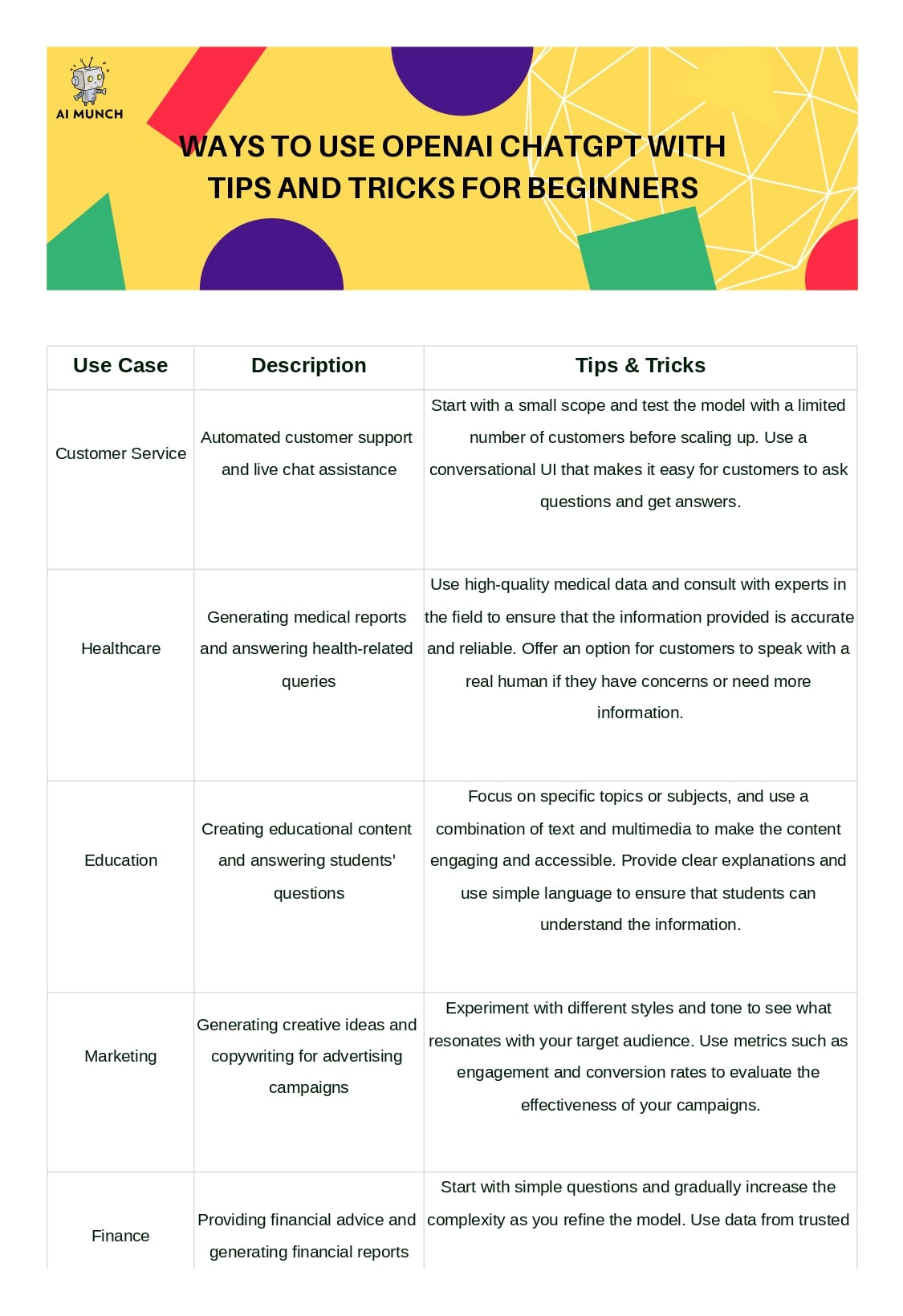
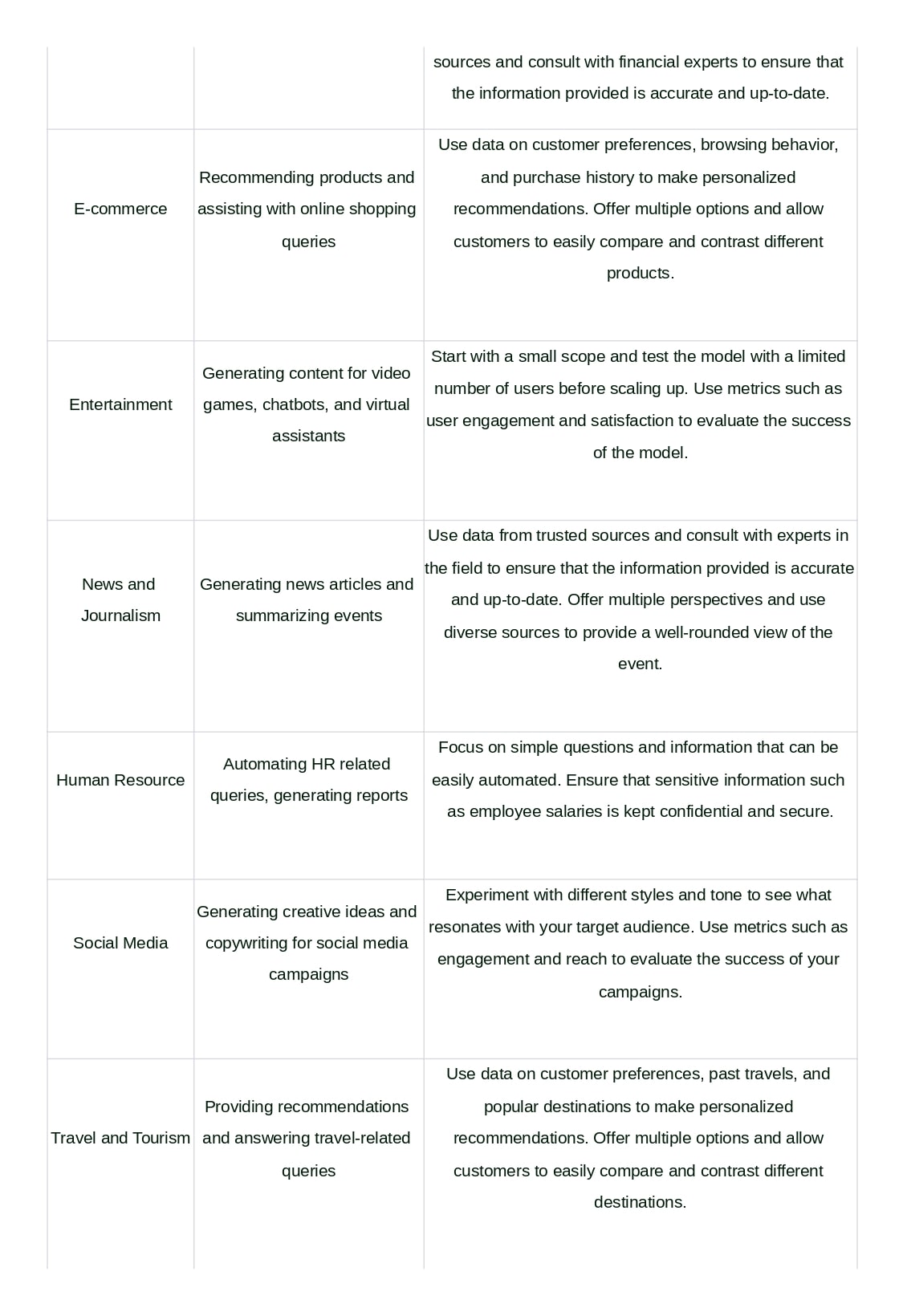
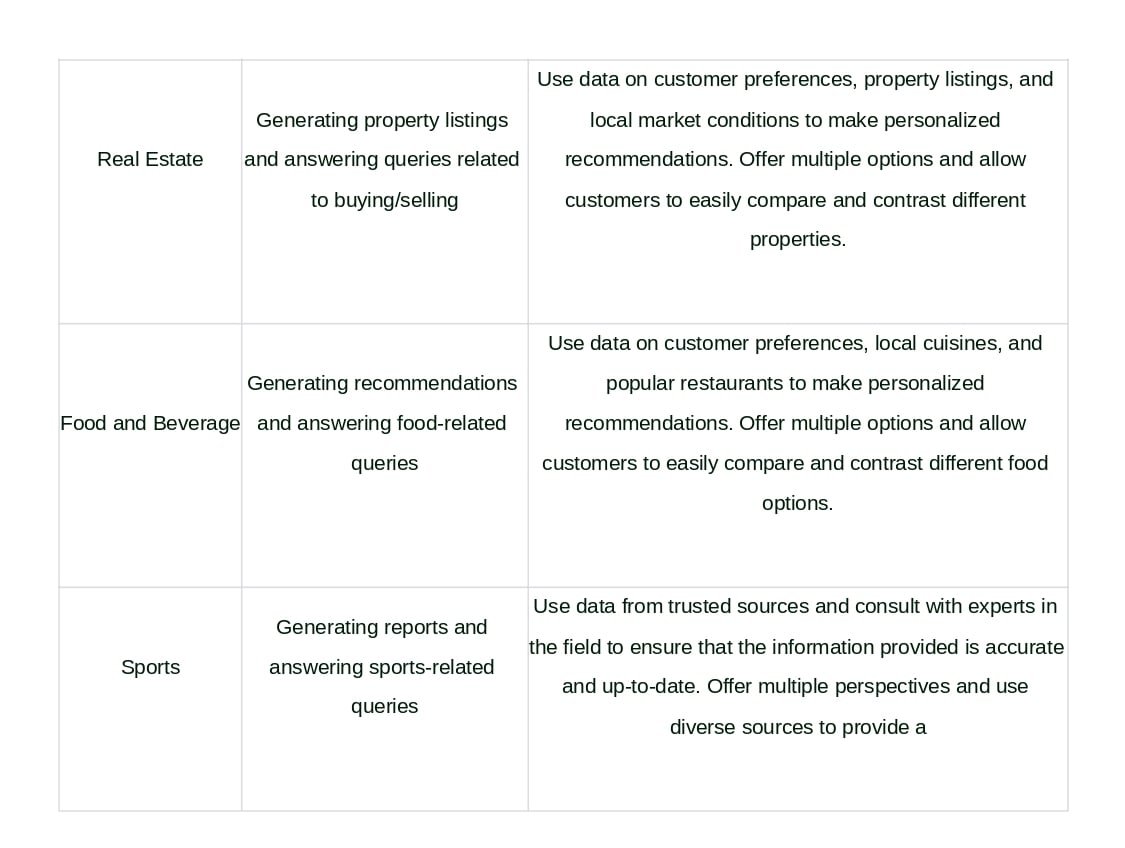
V. What’s the future of ChatGPT?
The tech world is crazy about ChatGPT right now, and it doesn’t look like it will stop any time soon. We have discussed OpenAI GPT-3 in detail and how this AI model is changing the world. It is said that ChatGPT-4, the next model, will greatly improve the accuracy and capabilities of the program. It does not yet have a set release date, but the New York Times reported that it would debut in the first quarter of 2023.
However, the most significant change will be how ChatGPT is integrated with other applications. Microsoft reportedly invested multiple billions of dollars in ChatGPT, which is beginning to bear fruit. The initial integration occurred in Teams Premium, where OpenAI’s capabilities to automate tasks and provide transcripts appeared. It’s only a matter of time before ChatGPT and OpenAI’s other technologies are integrated into applications such as PowerPoint and Word.
In conclusion, if you think AI is a big deal now, wait until it is integrated into the most commonly used applications for work and school. We have yet to decide how or when this will be done, but it’s important for ChatGPT’s future.
VI. Conclusion
In this article, the best ways to use OpenAI ChatGPT were discussed. These included setting clear goals and objectives, training the model with relevant data, fine-tuning it for specific use cases, and taking safety and ethics into account. The ChatGPT platform has the potential to change how people and businesses use technology. As the model evolves and improves, it will likely be used in a broader range of applications.
Final thoughts on the effective use of OpenAI ChatGPT:
To use ChatGPT well, you need to know a lot about the technology and be willing to follow best practices. If you follow the tips in this article, you’ll be able to use them to their fullest and reach your goals. Chat GPT has the potential to revolutionize the way you work and interact with technology, whether you use it for customer service, content creation, or any other use case.
FAQs
Training OpenAI ChatGPT with a wide range of relevant data is the best way to ensure that the model captures the essence of the audience it is meant for and produces good results. The risk of bias can be reduced by using a wide range of data, and the model can be optimised for specific purposes by including this kind of data.
Fine-tuning OpenAI ChatGPT for a specific use case involves choosing the appropriate fine-tuning method, using relevant evaluation metrics, and continuously evaluating and improving the model. It’s also important to clearly understand the use case and target audience, as this will inform the choice of fine-tuning method and metrics.
When using OpenAI ChatGPT, it is important to avoid using discriminatory language and content. It is also important to protect the privacy and security of your data and follow the OpenAI API terms of service. This will aid in ensuring that the model is used responsibly and ethically.
Guidelines for using OpenAI ChatGPT include:
a) Avoiding biased language and ensuring data privacy and security.
b) Defining clear goals and objectives.
c) Training the model with high-quality and diverse data.
d) Fine-tuning it for specific use cases.
e) Continuously evaluating and improving it.
f) Implementing safety and ethical considerations.
OpenAI ChatGPT’s accuracy and applicability depend on regular updates to the model’s training data. When deciding how often data should be updated, you should think about several things, such as the data’s volume, speed, intended audience, and use case. But it’s best to practise refreshing the training data at regular intervals, say once every few months or once every quarter.
The LaMDA model is trained on some 137 billion parameters, while GPT-3.5, the basis for ChatGPT, has 175 billion, suggesting Google’s version could have a more limited scope.
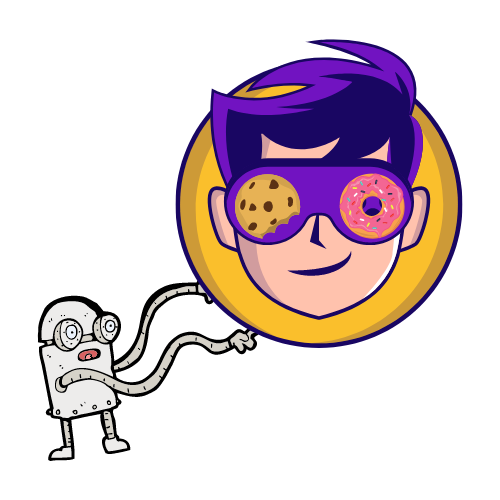



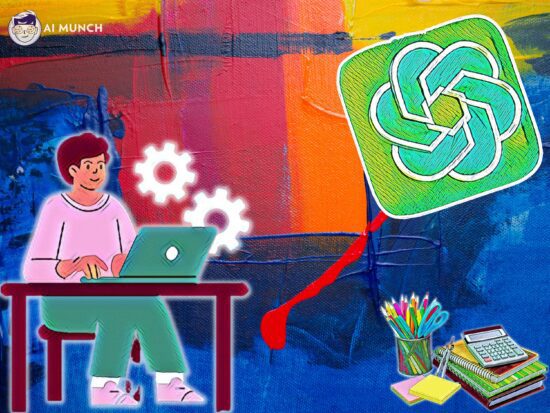



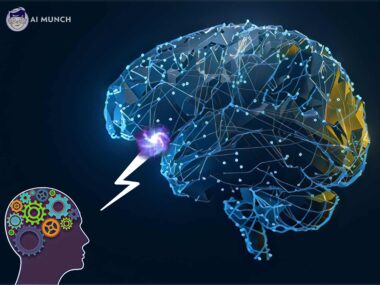


4 comments